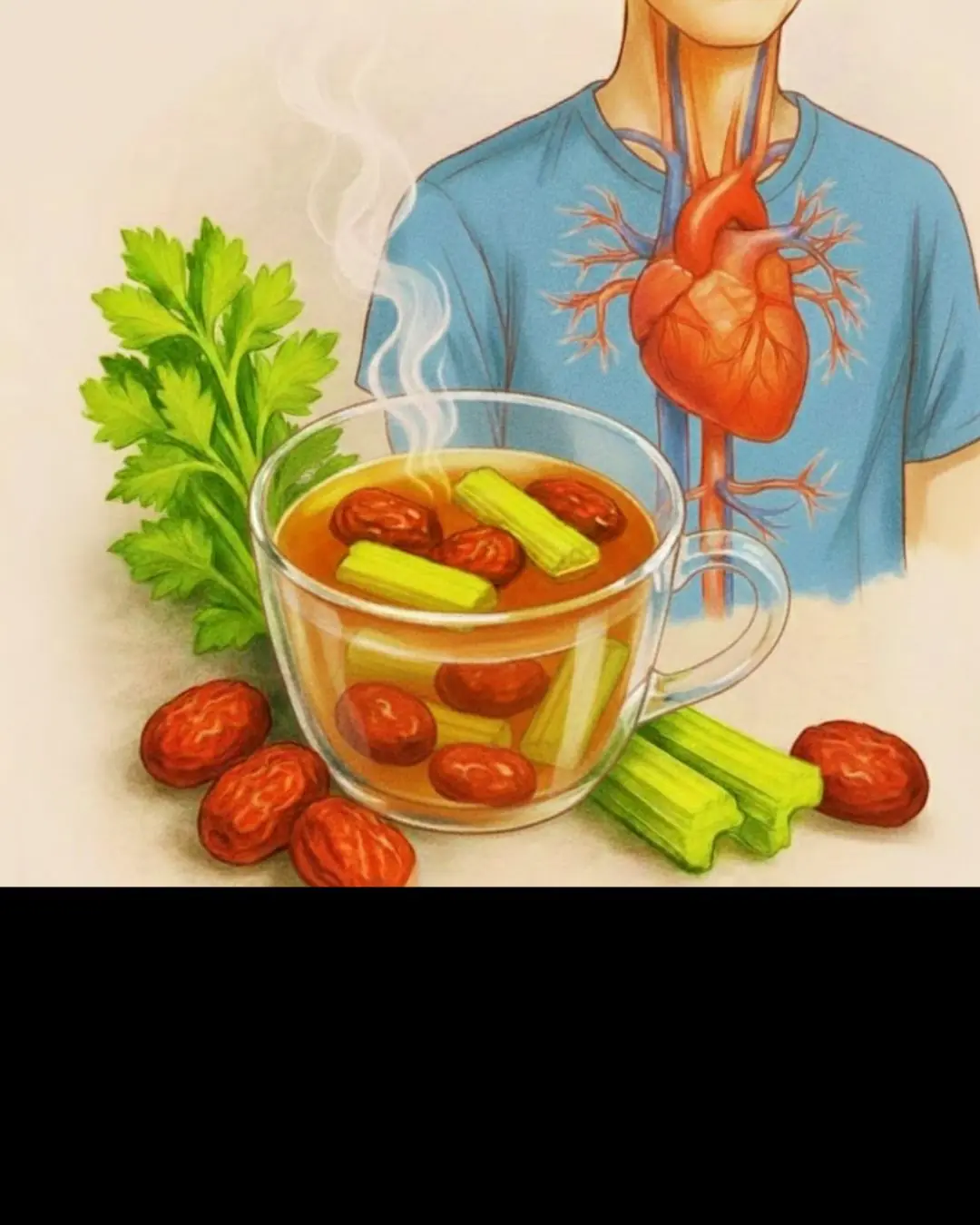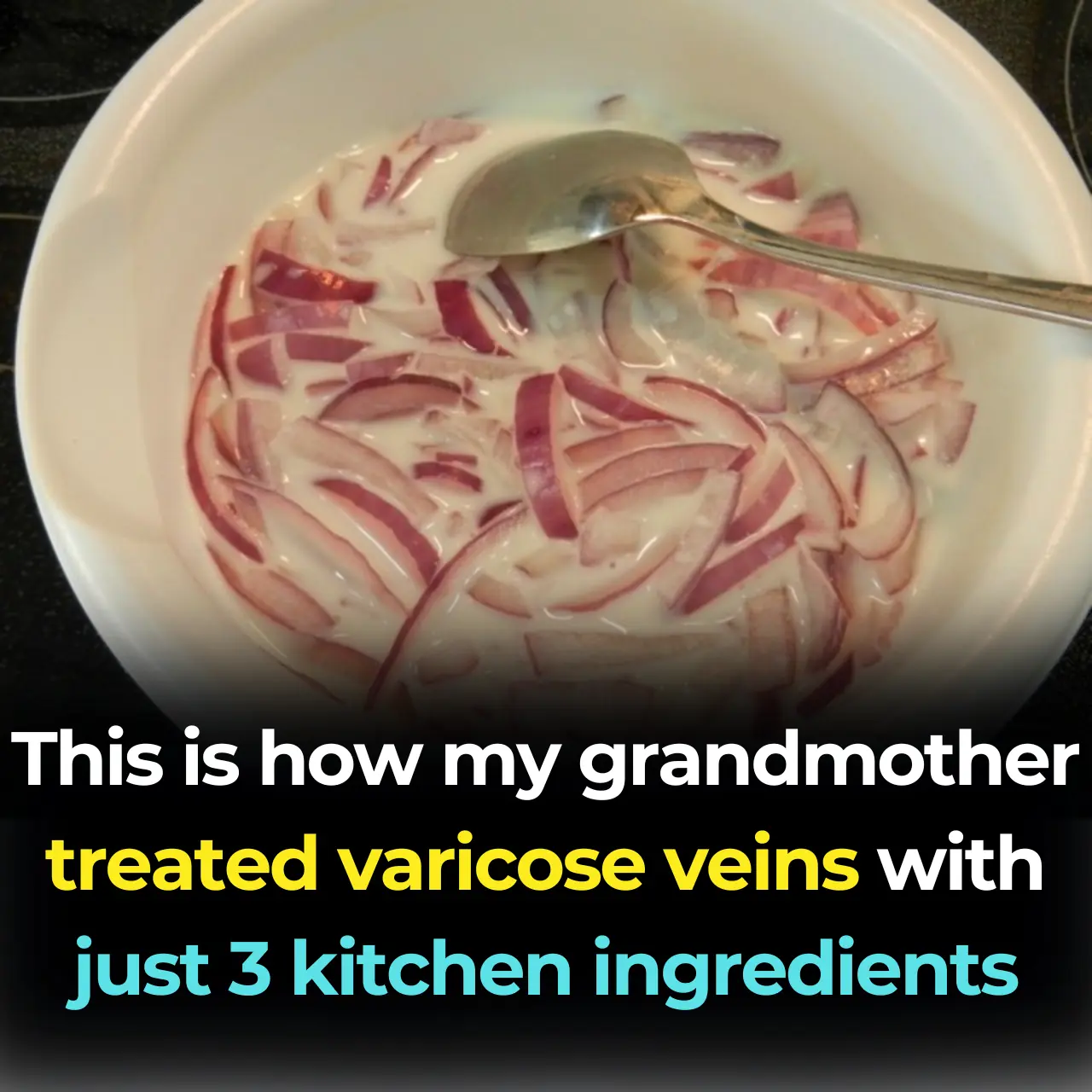
Treating Nail Fungus Naturally
Treating Nail Fungus Naturally
Nail fungus (onychomycosis) is a common issue that can make nails look thick, discolored, brittle, and unattractive. It can also be stubborn to treat because the fungus often hides beneath the nail plate, where home remedies don’t reach easily.
Although over-the-counter antifungal creams and prescription treatments exist, many people prefer natural, inexpensive options. Two popular choices are salt and lemon, both known for their cleansing and antimicrobial properties. But how effective are they really — and how should you use them safely?
Let’s take a closer look.
1. Why Salt & Lemon Are Believed to Help
Salt’s Antifungal & Drying Action
Salt is hygroscopic — meaning it draws moisture out of the skin. Since fungi love warm, moist environments, salt may temporarily reduce fungal activity by:
-
Dehydrating the surrounding area
-
Inhibiting mild fungal growth
-
Exfoliating dead skin cells where fungus may live
-
Reducing odor and surface bacteria
Sea salt and Epsom salt are often used because they dissolve easily and are gentle on the skin.
Lemon’s Acidic & Antimicrobial Properties
Lemon contains citric acid, which lowers the pH of the skin. Fungi generally dislike highly acidic environments. Lemon may help by:
-
Creating a temporary antifungal environment
-
Lightening nail discoloration
-
Reducing bacteria around the nail
-
Offering mild cleansing and deodorizing effects
However, lemon juice has not been proven to cure true nail fungus in clinical studies. It may help with surface fungus or early infections but cannot penetrate deeply into the nail root.
2. Salt & Lemon Remedies You Can Try
These natural remedies are best for mild cases or as supportive care alongside proven antifungal treatments. Always test a small area first to avoid irritation.
A. Salt + Lemon Soak (Hands or Feet)
Ingredients:
-
¼ cup sea salt or Epsom salt
-
Juice of 1 lemon (or slices)
-
Warm water (enough to cover affected nails)
Steps:
-
Add salt and lemon juice to warm water.
-
Mix until the salt dissolves.
-
Soak your affected nails for 15–20 minutes.
-
Gently scrub the nail surface afterward.
-
Rinse and dry completely (fungus thrives in moisture).
How often:
3–4 times per week. Adjust if your skin becomes irritated.
Bonus tip: Add a drop of tea tree oil — a proven antifungal — for enhanced benefits.
B. Salt + Lemon Paste (Targeted Application)
Ingredients:
-
1 tbsp sea salt
-
1 tbsp fresh lemon juice
Steps:
-
Mix into a thick paste.
-
Apply to the nail and surrounding skin.
-
Leave on for 10–15 minutes only.
-
Rinse and pat dry.
Use once or twice daily, depending on skin tolerance.
3. Preventing Recurrence & Supporting Healing
Nail fungus is slow to treat, and reinfection is common. Good nail hygiene plays a huge role in recovery.
-
Keep nails short, clean, and dry.
-
Wear breathable socks and rotate your shoes.
-
Use antifungal shoe sprays or foot powders.
-
Avoid walking barefoot in public showers or gyms.
-
Eat a nutrient-rich diet to support immune health.
-
Avoid artificial nails and tight shoes during treatment.
Even small changes can dramatically speed up results.
4. How Often to Use & What to Expect
-
Start with 3–4 soaks weekly and daily paste applications if your skin is not sensitive.
-
Mild infections may show improvement in 2–4 weeks:
-
less discoloration
-
reduced thickness
-
cleaner nail edges
-
-
Moderate to severe infections may take several months to improve as the nail grows out.
-
Consistency matters — nail fungus rarely improves overnight.
If there is no visible progress after 4–6 weeks, you may need stronger treatment options.
5. Limitations & Warning Signs
Natural remedies have their place, but they’re not perfect.
Limitations
-
Lemon can cause stinging, redness, irritation, or dryness.
-
Salt and lemon cannot reach fungus deep under the nail plate.
-
Delayed treatment can worsen deformity or allow the fungus to spread.
Stop immediately if you notice:
-
Increased pain
-
Redness or swelling around the nail
-
Cracking or bleeding
-
Spreading infection to other nails or skin
Seek medical help promptly in these cases.
Bottom Line
Salt and lemon can support nail health by reducing surface fungus, tightening the skin, and improving cleanliness — but they are not guaranteed cures, especially for deeper or long-standing infections.
They work best as complementary care, not a sole treatment.
Consult a healthcare professional if:
-
Your infection doesn’t improve after a few weeks
-
You have diabetes or poor circulation
-
The nail becomes painful or severely deformed
Used correctly and consistently, these natural remedies can be part of a safe and helpful routine — but knowing their limits is key to truly getting rid of nail fungus.
News in the same category


Got High Blood Pressure? Try This 2-Ingredient Tea!

The Best Natural Remedies to Treat and Prevent Varicose Veins Effectively

People Who Do This Every Morning Have Better Circulation and More Energy

12 warning signs of poor circulation in your legs.

7 ways to protect your heart during the winter months

Unexplained Bruising on Your Body: Causes and Treatments

Coconut water: Is It Good for You, Nutrition, Benefits, Side Effects (Science Based)

Lose just 1 gram of fat in your pancreas – and your diabetes may reverse, study finds

Doctors warn about 7 overlooked prostate cancer signs you should never ignore

The best way to lower blood pressure fast!

Top 5 Veggies to Detox Your Arteries and Prevent Heart Attacks!

Untreated sleep apnea may nearly double your risk of Parkinson’s, major study finds

Warning Signs Your Magnesium, Potassium and Calcium Levels Are OFF and How To FIX It!

You are doing it all wrong. Here’s the right way to relieve leg cramps at night

Few Know This Trick To Stop Uric Acid Crystals From Destroying Joints

WHAT IS THROMBOSIS? SYMPTOMS AND HOW TO PREVENT IT

The Surprising Healing Power of Onion Milk

AVOID Ginger If You Have THESE Health Problems
News Post

The Coffee Photo That Survived the War.

Issa Rae Opens New ‘Downtown Dough’ Pizzeria in L.A.

From Hardwood Hero to Human Inspiration: The Legacy of Rodney Rogers.

The step-by-step plan to drop 30 pounds quickly in 2025

The Weight Bryce Couldn’t Carry Alone.

A Lesson Two Boys Will Carry for Life.

Got High Blood Pressure? Try This 2-Ingredient Tea!

106 & Park to Celebrate 25 Years With an Epic Reunion at the 2025 BET Awards

She Just Opened The First Black-Owned Direct Primary Care Facility In Washington State

The First Time Pyi Mai Touched the River.

🛡️ The Holy Grail of HIV Research: A Broadly Neutralizing Antibody Targets the Virus's Achilles' Heel

The Day Mr. Brooks Walked Back Into the Sunlight.

🌊 Harnessing the Ocean’s Power: Scientists Pioneer a Breakthrough in Turning Seawater into Emission-Free Hydrogen Fuel

Stacey A. Dixon Set To Make History As The Highest Ranking Black Woman In U.S. Intelligence

🧬 Pioneering Hope: Japanese Researchers Achieve Historic Movement Restoration Using Stem Cell Therapy for Paralysis

🧊 The New Frontier in Oncology: MRI-Guided Cryoablation Offers Non-Invasive, Precision Cancer Treatment

First Black Woman To Become Union Pacific Railroad Train Engineer Releases New Autobiography

🧠 The Resilient Mind: A Case Study in Neuroplasticity Challenges the Limits of Human Cognition

🕷️ The Unexpected Side Effect: Neurotoxins in Brazilian Wandering Spider Venom and the Quest for New Medicines
